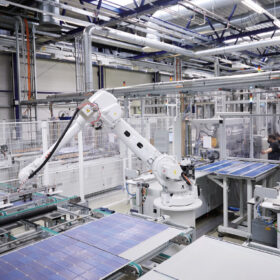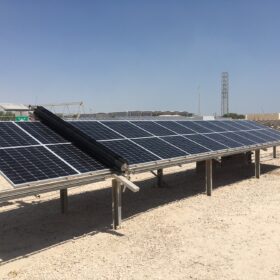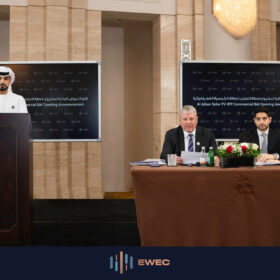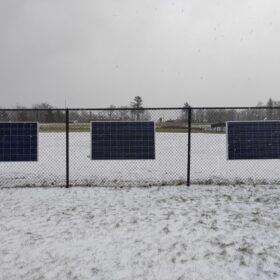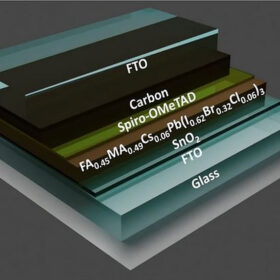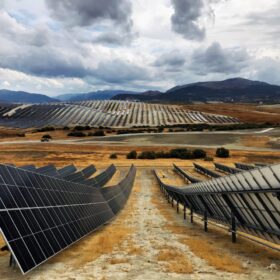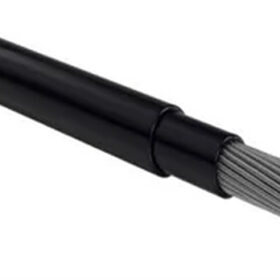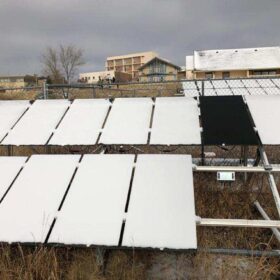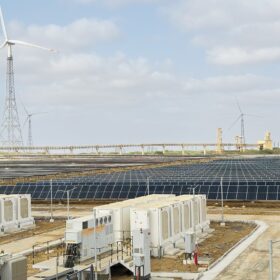Meyer Burger gets $224 million for 3.5 GW solar cell, module plant in Europe
Swiss manufacturer Meyer Burger Technology AG says it will probably build a new 3.5 GW factory at an unspecified location in Spain. The EU Commission is expected to issue a formal decision on granting funding for the project by the end of this year.
Assessing shading effect of cleaning robots in solar farms
Qatari researchers have looked at the degree to which cleaning robots reduce PV plants’ yield with the shade they produce on the panels. They found that module orientation has an enormous effect on the impact of shadow.
UAE utility announces selected bidders for 1.5 GW solar tender
Emirates Water and Electricity Co. (EWEC ) has announced the bidders for a tender to develop the 1.5 GW Al-Ajban solar project.
Japan’s 16th solar auction concludes with lowest bid of $0.065/kWh
Japan’s latest procurement exercise was open to PV projects above 250 kW in size. The lowest price came in at JPY 9 ($0.065)/kWh, with 119.7 MW of allocated capacity.
Dutch government mulling PV ban on agricultural sites
Dutch Economy Minister Micky Adriaansens said that she aims to make it impossible to install solar farms on agricultural land, with some unspecified exceptions. The plan has raised concerns at Holland Solar, with the trade group warning of potential damage to farmers and solar project developers.
Using existing fences as near-zero-cost racking solution for PV deployment
American researchers are proposing to use steel zip ties to attach solar modules to fences in animal farms as a low-cost racking solution for agrivoltaic applications. They found the proposed approach is technically and economically viable, provided careful wind load tests are conducted on the fences.
Indoor perovskite PV solar cells with 32.0% efficiency
Scientists in Thailand built an indoor perovskite solar cell with low-cost carbon electrode architecture. The manufacturing process is based on antisolvent deposition and vacuum thermal annealing (VTA) and reportedly results in higher perovskite film quality.
New guidelines for inter-row spacing of PV power plants
A Canadian research group has applied new guidelines for ground coverage ratios to 31 locations in Mexico, the United States, and Canada. It found the new formulae show that the factors affecting inter-row energy yield loss are highly dependent on latitude.
Japanese provider launches new aluminum cables for PV systems
Japan-based GBP said its new cables are complying with several international standards. It claims the cables have an antitheft function, as they should discourage copper thieves from approaching a PV system.
All antireflective solar module coating techs at a glance
Scientists in the United Kingdom have investigated the durability and performance of all antireflecting coatings for solar modules and said further work is needed to improve industry standards. Their review addresses single-layer and multi-layer techniques and provides insight on their costs and viability.

